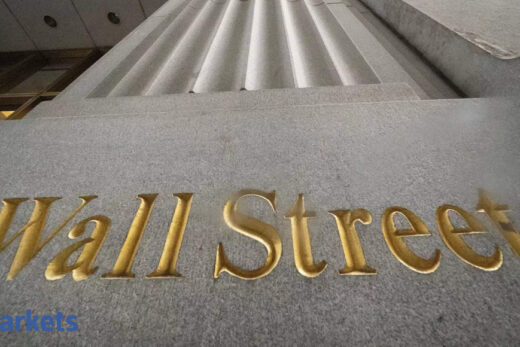Apple Inc, Microsoft Corp, Google parent Alphabet Inc, Amazon.com Inc and Facebook Inc are all set to report earnings next week. Collectively, those five names account for over 22% of the weighting in the S&P 500, giving their stock moves enormous sway over the broader index.
Overall, companies representing 46% of the S&P 500’s market value are due to post quarterly results next week, according to Goldman Sachs.
Strong earnings reports have helped lift the S&P 500 to fresh record highs, with the benchmark index rising 5.5% so far in October. In September, the index posted its biggest monthly percentage drop since the pandemic began in March 2020.
While investors expect most of the big technology firms to show robust profits, many will also be listening for indications of whether they will be able to sustain that growth. Also in focus will be any forecasts regarding supply bottlenecks, such as the chip shortage that has affected a broad swath of global industries, as well as their views on how sustainable the recent surge in consumer prices will be.
There have already been some signs that tech companies may have a high bar to clear. Intel and IBM fell sharply after their reports disappointed this week.
Meanwhile, shares of Facebook fell 5% on Friday after Snap Inc, the owner of photo messaging app Snapchat, said privacy changes implemented by Apple on iOS devices hurt its ability to target and measure its digital advertising.
“I would expect the potential for more volatility,” said James Ragan, director of wealth management research at D.A. Davidson. “We just might get the possibility for some of these big companies to disappoint a little bit.”
The market’s gains this month have been led by sectors seen as particularly sensitive to swings in the economy, including energy and financials, which have gained 11% and 8%, respectively. The S&P 500 technology sector is up 6% month-to-date.
Many tech-focused companies received a boost in the wake of the pandemic, amid a shift in consumer behavior amid economic lockdowns and a move to working from home.
“The question then becomes, can they keep it up?” said Sameer Samana, senior global market strategist at Wells Fargo Investment Institute. “What do the growth rates look like for large tech?”
A BofA Global Research survey showed earlier this month that fund managers are slightly underweight technology relative to their average positioning of the past 20 years. At the same time, they named “long tech” as the market’s most crowded trade for the fourth straight month.
Supply-chain issues including the semiconductor shortage are sure to be a topic for iPhone maker Apple, while Amazon could give a window into how the holiday shopping season may be hit by logistics snags.
“If … Apple says, ‘Yeah, we would have sold a lot more phones except for the chip shortage,’ you think it’s really severe then because they are probably first in line to get chips from everybody,” said Peter Tuz, president of Chase Investment Counsel.
The prospect of U.S. government regulatory intervention, also hangs over these behemoth companies, so investors will be keen for any insight.
This week, the U.S. consumer watchdog said it has demanded information from a number of tech giants on how they gather and use consumer payment data.
A sustained rise in Treasury yields, which move inversely to bond prices, may also pose a longer-term threat to technology and other growth shares. Valuations of those companies rely more on future cash flows, which are discounted more acutely in standard models when yields rise. The yield on the 10-year Treasury note has risen about 35 basis points in the past month to 1.64%.
“It hasn’t been all good news on the earnings front,” wrote Art Hogan, chief market strategist at National Securities. “So far the good news has won the tug of war against the bad, but we have a long and potentially bumpy road in front of us.”



